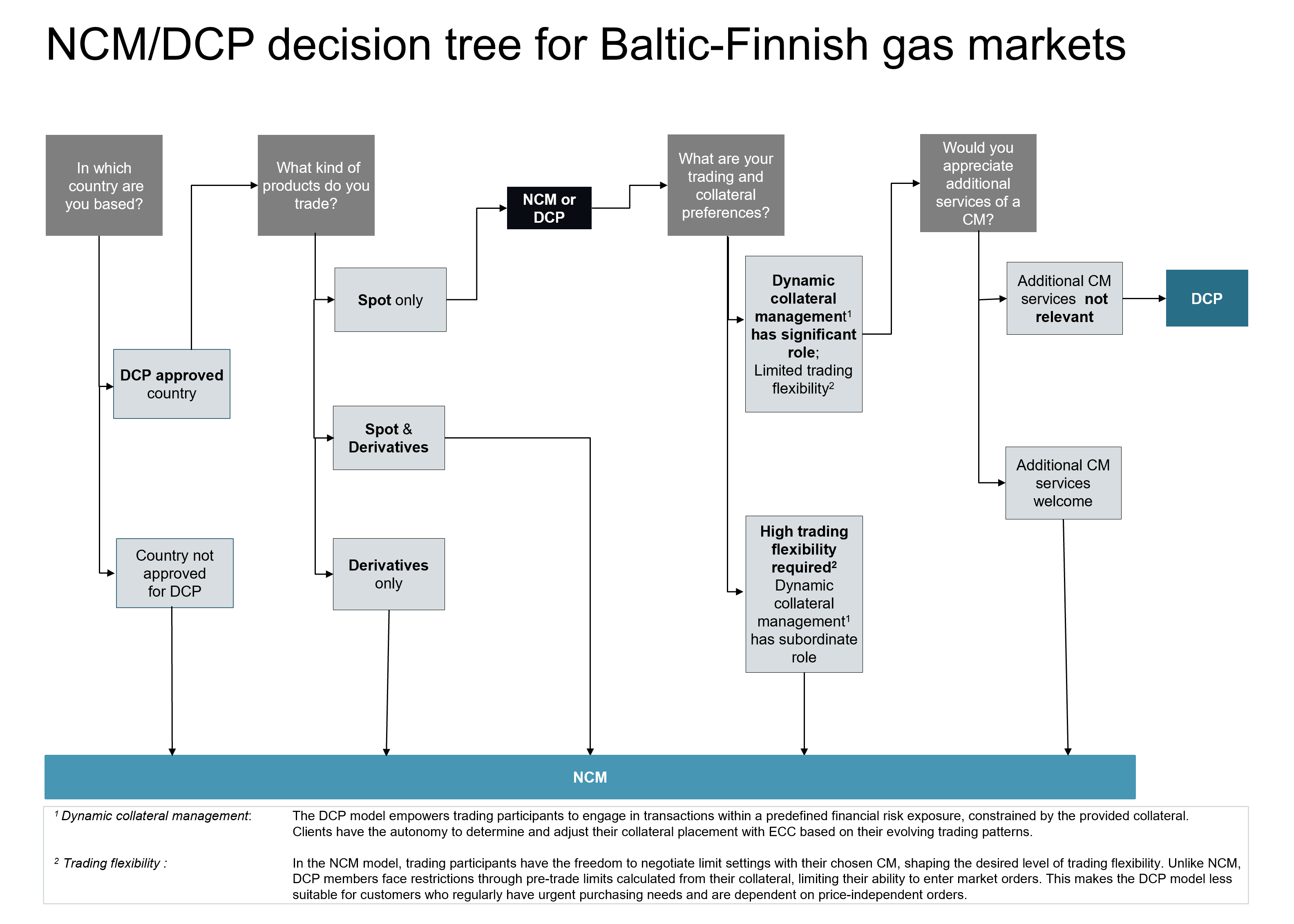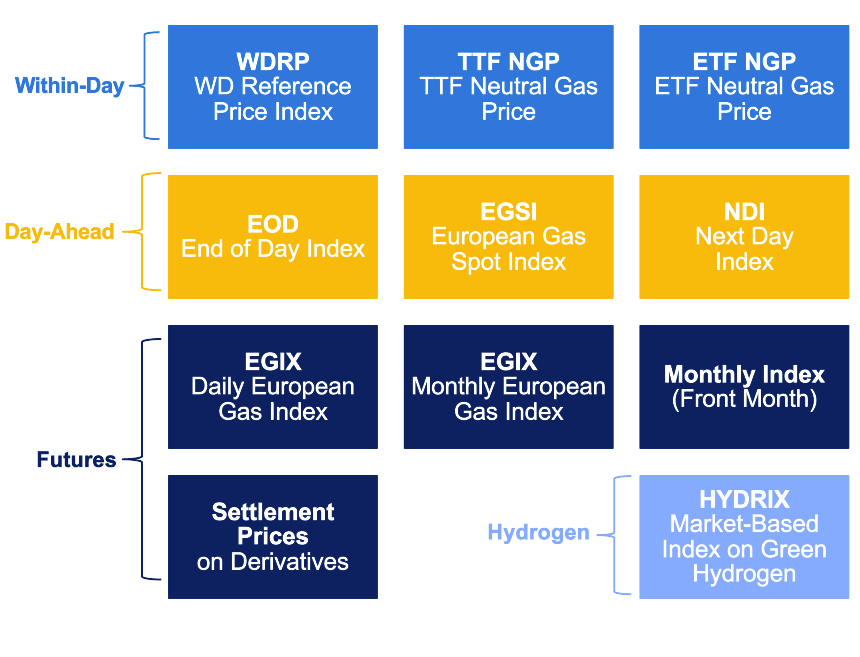Which forms I have to submit to access ECC as NCM?
Here is the list of documents that need to be filled in and submitted to register as NCM:
Common forms
– KYC Common
– KYC Appendix: Gas/Power/Emission
– Supporting documents: Commercial Registry Extract, Financial Statement, Shareholder structure
ECC forms
– Application as Non-Clearing Member
– NCM Agreement: between Clearing Member, Non-Clearing Member and ECC
– VAT Details
– Gas specific forms:
TP_EEX_05a form – In case a company is a shipper, and they have their own Balance Agreement with the TSO(s).
TP_EEX_05b form – In case a company will be using a 3rd party’s Shipper code (Another company’s Balance Agreement with the TSO).
TP_EEX_05c form – In case a company is not a shipper and wishes to use the close-out procedure. This option is only possible for Futures products.
EEX forms
– Application for Admission as an Exchange participant
– Order of technical access
Member Section steps
– Exchange Trader (Assistant) admission and termination applications.
– Technical Infrastructure order and configuration processes.
– Upload of MiFID II short code/long code and algorithmic trading data.
Reporting forms
– REMIT Agreement – if Spot OR Spot + Derivatives
– MIFID/MIFIR Agreement – mandatory if Derivatives OR Spot + Derivatives
– EMIR Agreement – if Derivatives OR Spot + Derivatives (reporting with us if not already provided by CM)
Which forms I have to submit to access ECC as DCP?
Here is the list of documents that need to be filled in and submitted to register as DCP:
Common forms
– KYC Common
– KYC Appendix Gas
– Supporting documents: Commercial Registry Extract, Financial Statement, Shareholder structure
ECC forms
-DCP01 – Application for admission as DCP Clearing Member
– TP07 – VAT Details
– Gas specific forms:
TP_EEX_05a form – In case a company is a shipper, and they have their own Balance Agreement with the TSO(s).
TP_EEX_05b form – In case a company will be using a 3rd party’s Shipper code (Another company’s Balance Agreement with the TSO).
EEX forms
– Application for Admission as an Exchange participant
– Order of technical access
Member Section steps
– Exchange Trader (Assistant) admission and termination applications.
Reporting forms
– REMIT Agreement
What is the contractual relationship between Non-Clearing Member, ECC and Clearing Member?
NCM (Non-Clearing Member), ECC and CM (Clearing Member) by signing NCM02 agreement have to enter into a trilateral contractual relationship .
Additionally, before entering into trilateral agreement, NCM has to sign a bilateral agreement with CM.
There is no bilateral agreement between NCM and ECC (relationship is stated in trilateral NCM02 agreement only).
What is the contractual relationship between Direct Clearing Participant and ECC?
The agreement that must be signed between DCP and ECC is DCP01 Agreement.
Additionally, before entering into DCP01 Agreement, DCP has to sign an bilateral agreement with Settlement Bank.





